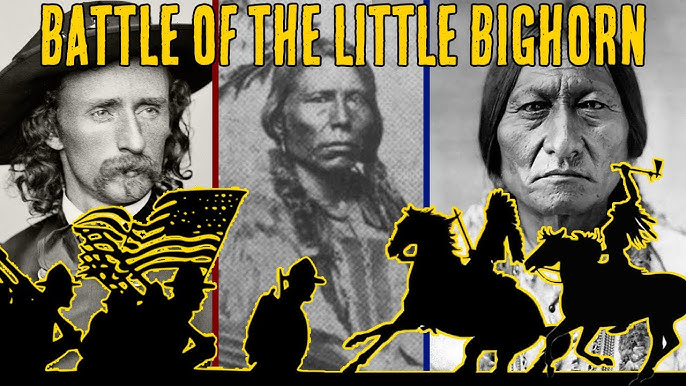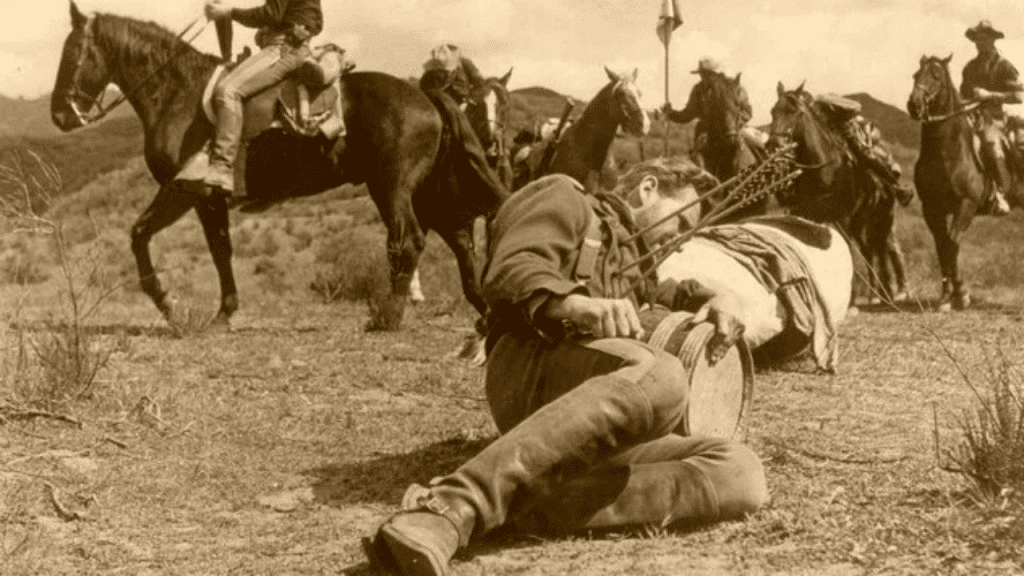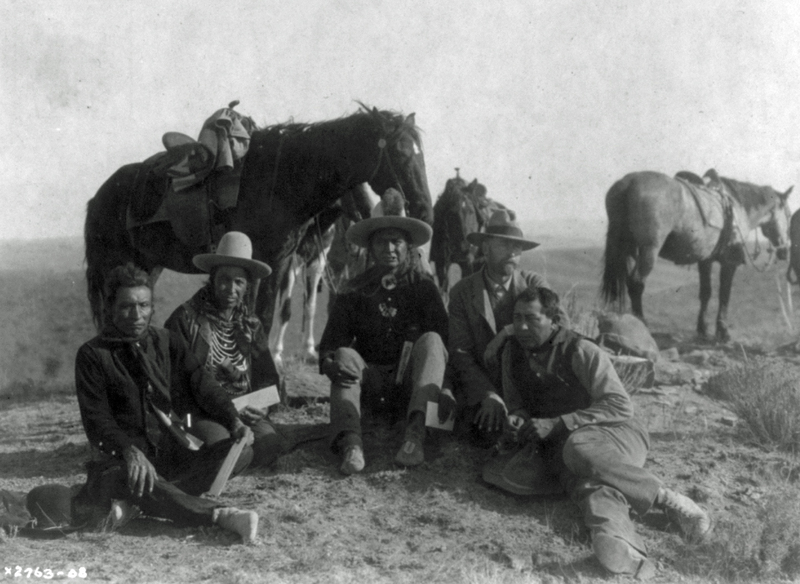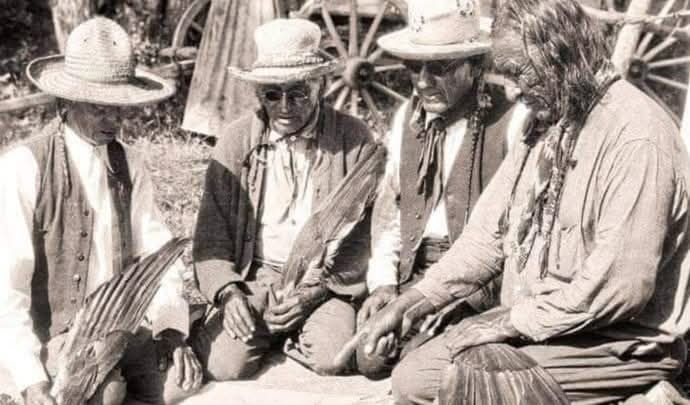On June 25, 1876, the rolling plains near the Little Bighorn River in what is now southeastern Montana became the setting for one of the most dramatic and misunderstood battles in U.S. history. Known widely as “Custer’s Last Stand,” the Battle of Little Bighorn was not just a tactical defeat for the U.S. Army it was a rare and powerful moment of Native American unity, resistance, and triumph.
Led by Sitting Bull, Crazy Horse, and other key leaders, the combined forces of the Lakota Sioux, Northern Cheyenne, and Arapaho tribes achieved a stunning victory against Lieutenant Colonel George Armstrong Custer and the 7th Cavalry. But as powerful as that moment was, it would also set off a chain of consequences that reshaped Native life across the American West.

Underestimating the Resistance
Custer had a reputation for boldness, but also for underestimating his enemies. When he rode into the Little Bighorn valley with roughly 600 men, he believed he was about to face a small band of Native warriors. In reality, he was walking into one of the largest Native encampments ever assembled more than 2,000 fighters determined to defend their land, culture, and families.
These Native forces were not a disorganized group of rebels. They were experienced warriors fighting to preserve their way of life from the relentless expansion of American settlers and military forces. Their leaders were strategic, passionate, and coordinated. They were prepared in a way that Custer never anticipated.

A Victory Sealed in Less Than Two Hours
The battle itself was shockingly swift. Custer split his forces into three detachments, believing a divided approach would surround and scatter the Native camps. Instead, his troops were overwhelmed. Within less than two hours, Custer and over 200 of his men were dead. None of the soldiers under his immediate command survived.
Video:
Battle Of The Little Bighorn | Custer’s Last Stand | Sitting Bull And Crazy Horse Documentary
It was a complete rout. For the Lakota, Cheyenne, and Arapaho warriors, the victory was not just military it was spiritual and symbolic. It represented a reclaiming of power in a war that had, until then, largely pushed them back.
But while the battle was a victory, it was also a flashpoint. It marked the last time Native forces would win a large-scale engagement against the U.S. military. And the retaliation that followed would change everything.
The Aftermath: Triumph Turned to Tragedy
News of Custer’s defeat shocked the nation. What had been envisioned as a small skirmish quickly became national headlines. The public, outraged and humiliated, demanded swift and brutal justice.
The U.S. government responded with a fierce crackdown. Military campaigns intensified. Troops surged into the Plains with greater numbers and firepower. Native tribes were pursued relentlessly. Within a year, many of the leaders involved in the Little Bighorn victory were either killed or forced to surrender.
The land, too, was taken. The Black Hills sacred to the Lakota and guaranteed to them in treaties were seized for their gold and resources. Reservation life, often marked by poverty, illness, and forced cultural erasure, became the new reality for tribes that had once roamed freely.

Legacy and Memory
The Battle of Little Bighorn remains one of the most studied and debated events in American history. For decades, the mainstream narrative painted Custer as a heroic figure and the Native warriors as aggressors. That view has shifted over time. Today, historians and descendants of Native communities work to tell a more accurate and balanced story one that honors Native leadership, courage, and unity.
Video:
After Custer: The End of the Northern Cheyenne
Memorials now stand on both sides of the battlefield, including markers for Native warriors who fell in battle, not just U.S. soldiers. The site is recognized not just as a place of loss but as a symbol of cultural survival and resilience.
Conclusion: More Than Just a Battle
The Battle of Little Bighorn was not merely a conflict between soldiers and warriors. It was the culmination of years of tension, broken treaties, and Native resistance to colonization. It was a brief, brilliant moment when Native American forces came together and proved they could triumph, even against overwhelming odds.
While the aftermath brought sorrow and hardship, the memory of Little Bighorn remains a powerful reminder of resistance, bravery, and the cost of ignoring the rights and voices of a people defending their homeland.



